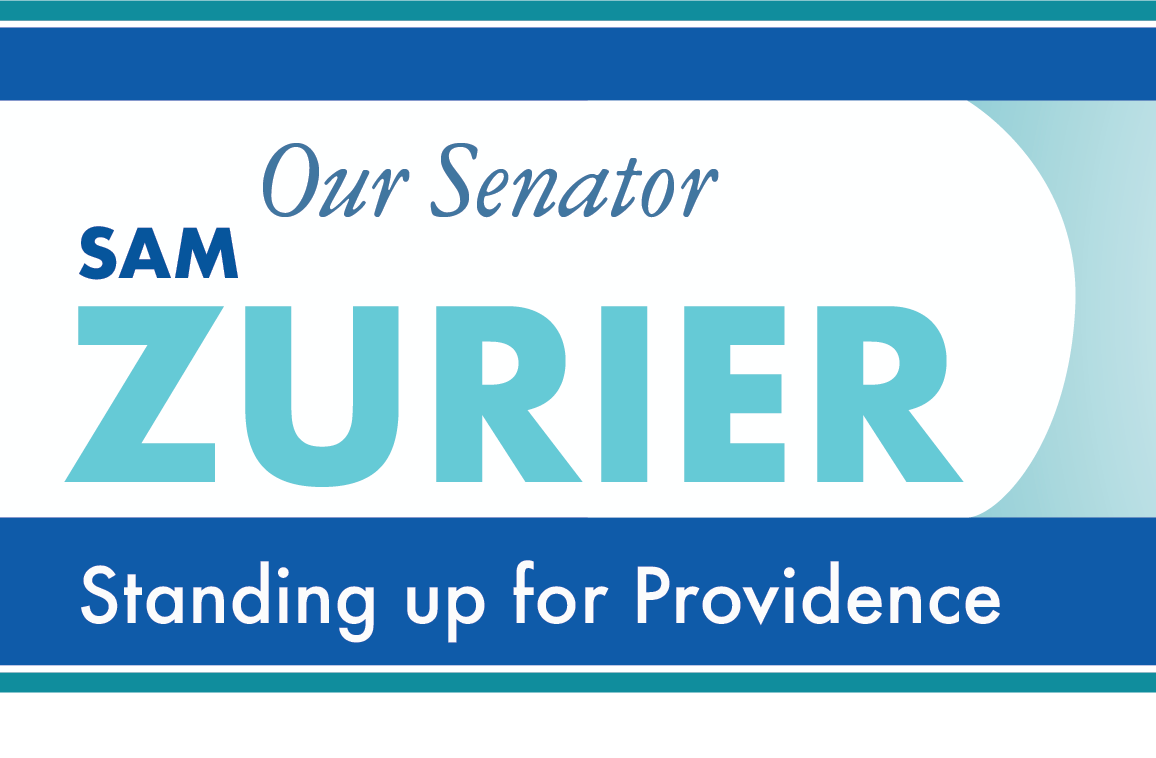As the City Council heads towards its August recess, this week’s letter discusses a different approach to student housing regulation and the proposed Hope Point Tower.
As described in my July 1 letter, the City Council’s Ordinance Committee voted to continue an ordinance that would have limited to 3 the number of students who can live in each unit of a 2-family home located in an R-1 zone. At tomorrow’s City Council meeting, my colleague Councilman Yurdin will introduce an ordinance of 4 undergraduate students to any housing unit in the City, regardless of zone. The measure would not regulate graduate students, and would permit up to four undergraduate students in each unit of a multifamily house. The proposed ordinance is similar to others in Boston and Somerville, Massachusetts. It ultimately will be referred to the City Plan Commission, which last month decided to review the student housing issue in a broader context.
Last Wednesday night, the City Council’s Ordinance Committee held a public hearing on the petition to change the zoning on the I-195 land to permit the construction of the Hope Point Tower, a proposed 46-story luxury condominium complex. Over a hundred people attended the meeting, and dozens of witnesses testified both for and against the proposal. I found the testimony to be largely substantive and informative.
The first witness was Robert Azar, Deputy Director of the Planning Department. He noted that the City’s zoning map is based upon the Comprehensive Plan, a document that was most recently approved three years ago after several years of public engagement. The Comprehensive Plan calls for relatively low heights near the river, which gradually increase in the direction of downtown in order to maximize the advantages of river views. For this reason and others, the City Plan Commission found that the proposed zoning change was not consistent with the Comprehensive Plan, and therefore should not be approved unless and until the Comprehensive Plan is modified.
A number of representatives of the building trades spoke in favor of the proposal, noting how the construction of the project would provide their members with 2-3 years of employment, which could materially advance their careers and their family’s opportunity to gain the benefits of the American Dream. Other proponents noted the opportunity to make a bold architectural statement to help place the City of Providence on the national or international map. Another proponent noted that the project could generate $4 million in annual tax revenue to the City, which sounded low given that others stated it would generate $250-$300 million in investment. (At the commercial tax rate of $36.50, a $250 million project should generate more than $9 million in tax revenue.) Some of the disparity might be explained by the developer’s stated plan to obtain a 20-year tax stabilization agreement, which would mean taxing at the “vacant land” value for 3 years, and adding in the marginal value of the building in 6% increments over the following 17 years.
There was testimony from residents who wished to protect a planned park whose size and access would be reduced by the proposal, as well as a letter from another developer who stated his reliance on the comprehensive plan prior to investing $200 million in the South Street Landing project nearby. A well-known real estate appraiser (Peter Scotti) questioned the project’s viability in terms of matching the acquisition and construction costs with the projected market value of the condominiums that would become available. Neither the project’s developer nor any representative testified at the hearing.
The Ordinance Committee took a series of different votes, ultimately agreeing to forward the proposal to the City Council with the Committee’s recommendation against approval. The proposal will now go to the City Council for a vote at a future meeting.
Given the Ordinance Committee’s vote, it is now my responsibility as a City Council member to develop a position on the project. In addition to reviewing the record before the Ordinance Committee, I have the benefit of dozens of messages and emails from you, my constituents and other City residents. Thank you all for sharing your thoughtful comments.
As part of my research, I asked the Law Department whether the City Council could impose on the zoning change a requirement that the developer pay full taxes from the beginning, rather than obtaining a tax stabilization agreement. (Because the parcel in question is on the I-195 land, the developer is otherwise automatically eligible for this incentive.) I learned the City Council does not have this authority. I noted that the developer could reduce tax revenues even further by converting units in the building to condominiums (which would pay the lower residential rate), while the common areas would retain the benefits of the tax stabilization agreement, and the developer could adjust the timing of the condominium conversion to tax fullest advantage of the low-tax early years of a tax stabilization. I concluded the project’s benefit to the City’s finances would be greatly reduced for at least the first decade and possibly after that, depending upon market demand for the condominiums (which was questioned by Mr. Scotti.) In short, this is not a project where the developer is offering to pay full taxes (such as for example was the case for 257 Thayer Street), but instead is looking for substantial tax benefits in addition to extraordinary relief from the zoning code and the comprehensive plan.
Putting all these considerations together, I have decided to vote against approval of the Hope Point Tower. As some speakers noted, there are other downtown locations (such as across from the old Industrial National Bank Building, where a zoning change approving a 500-foot tall building several years ago for a project that did not go forward for other reasons) where this project would have a better chance of approval, but the location this developer chose is not compatible with the City’s overall development goals.
Sincerely,

